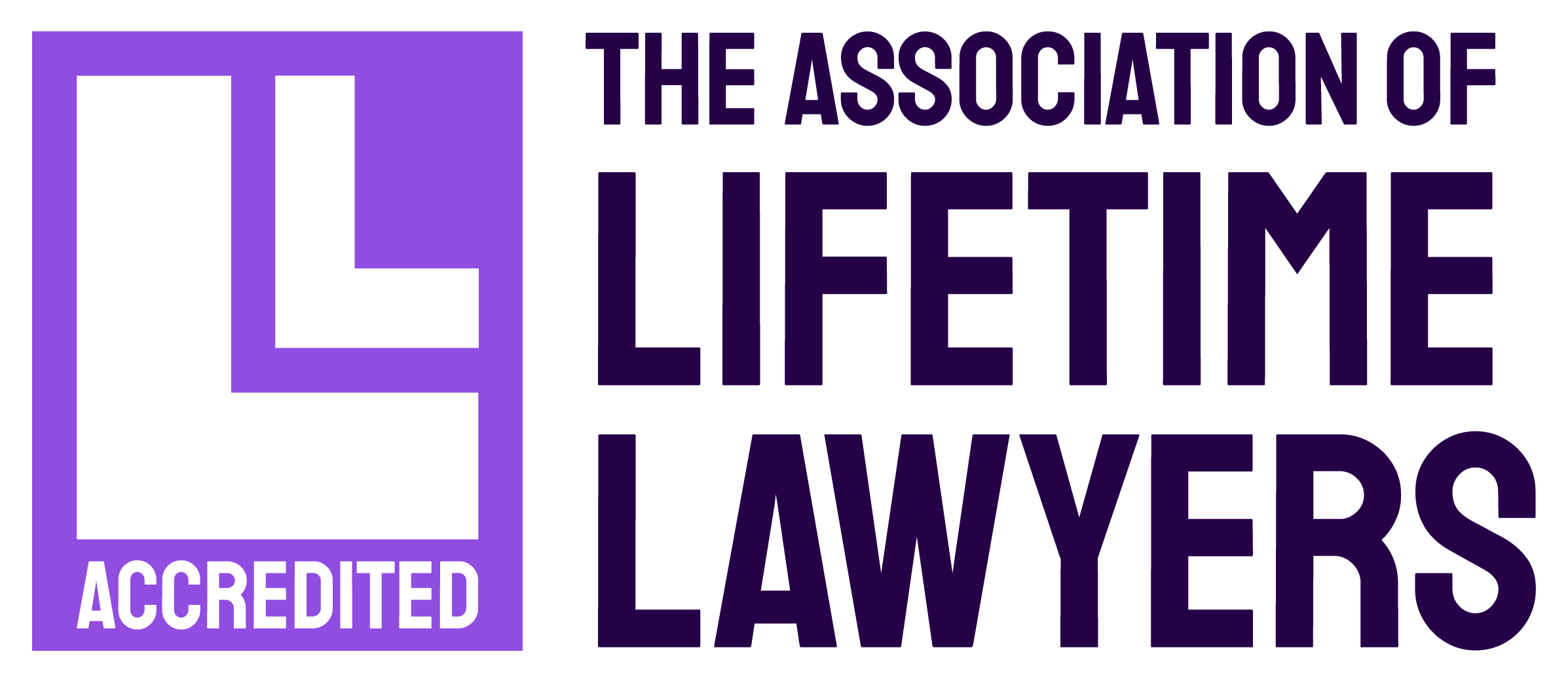Boundary disputes – how to avoid crossing the line
Every year, neighbours find themselves falling out over boundary issues such as building works, fences, tree branches, leylandii hedges and shared access to property. Fierce battles are often waged over just a few inches of land, and can sometimes turn into prolonged and expensive legal disputes.
Trees and shrubs
Under Section 8 of the Antisocial Behaviour Act 2003, owners of tall hedges can face fines of up to £1,000 if they fail to cut them down when ordered to by the council. However, this only applies to hedges when they reach more than 2m in height, are evergreen, block light, access or interfere with the neighbour’s reasonable enjoyment of their property.
Overhanging tree branches and shrubs can cause problems. Common law allows those affected to remove anything overhanging their land and return it to their neighbour without committing trespass. The Access to Neighbouring Land Act 1992 stipulates that if you need access to a neighbour’s land to carry out work, if your neighbour refuses, a court order can be issued to give you access.
Shared access
With shared driveways, the details surrounding use should be found in the title documents. Common law dictates that the driveway should be used reasonably. So, if your neighbour parks his vehicle there for a long period of time preventing your access, then you could have the right to seek damages and an injunction.
Party walls, (walls shared with a neighbour) are another frequent source of disputes. You must seek your neighbours agreement before doing any work that might affect it, such as building an extension or installing damp-proofing.
How easy is it to draw the line?
Boundaries between neighbouring properties are very often not simple straight lines. If you want to establish their exact position, you should start by consulting the Land Registry title plan and your title deeds. These documents are available from the Land Registry website for a small fee.
You will have received this information as part of your conveyancing process when you bought the property, and if you purchased it recently, then the firm of solicitors who dealt with this for you may still have a copy. Importantly, using the Land Registry website allows you to not only obtain your title documents, but those of your neighbour.
However, boundaries can be fluid, move over time, and be subject to interpretation. So, it’s a good idea to gather all the evidence – such as documents, plans, photographs, and aerial views, and expert surveying documents if they exist.
Is it wise to confront your neighbours?
As most homeowners want to remain on reasonable terms with those who live close by, it’s a good idea to start by having an informal discussion with your neighbour, where you can express your opinion on any ongoing works and alleged boundary disputes. It may well be that your neighbour isn’t aware of what they are doing and how they might be encroaching on your land. Your title documents may be enough proof, and the matter may be resolved amicably at this stage.
Actions you should take
- If a dispute arises, notify your buildings insurer. If you don’t, they may refuse to indemnify you in the future. Even if there is no formal claim ongoing, you should still let them know that there is potential for one to arise.
- If you sell the property, you must disclose any ongoing disputes in relation to boundaries to your solicitor. Failure to do so could have a serious impact on the sale of your property.
- Check that your buildings insurance policy includes legal expenses cover. Boundary disputes and claims against neighbours can get very expensive. Make sure that your insurance covers you if you make a claim, or if a claim is made against you. Attwaters Jameson Hill Solicitors are happy to work with insurers in these kinds of claims.
When should solicitors get involved?
With boundary disputes, emotions and costs can run particularly high, making mediation and alternative dispute resolution attractive avenues. Litigation should be the last resort.
If your neighbours aren’t receptive to your views of where the boundaries lie, and matters can’t be resolved amicably, then you should contact us immediately. We can assess the situation and review any information you hold regarding where your boundary lies, and advise you about the strength and likely success of your claim. If we feel you have a good case, our first step will be to liaise with your neighbour on your behalf. If they also involve solicitors, we would correspond with them directly. If no solution can be found, we will prepare and litigate the claim on your behalf.





















